Black Sabbath - Out With Flower Power, In With Doom
The birth of heavy metal never sounded better
Within a marathon 12-hour recording session at London’s Regent Sound on October 16, 1969, four young men from Birmingham recorded one of the most influential debut albums ever. There were barely any overdubs and not an abundance of takes, just four guys playing their live set together in a room with enough time to make it to the pub for last orders and head to Switzerland to play a gig (true story!).
Black Sabbath figured they were adding an edgier twist to the standard structure of the blues. Having suffered an injury severing the tips of his fingers, Tony Iommi overcame his disabilities by detuning his guitar and using light gauge strings, crafting a gritty sound no other would dare to create. The rhythm section of bassist Geezer Butler and drummer Bill Ward had plenty of jazz flair, providing precision and tightness. To top it off, Ozzy Osbourne’s simple yet melodic vocals were distinctively bluesy. This fusion of musicianship spearheaded a genre that guaranteed Black Sabbath’s influence on every band succeeding them: heavy metal.
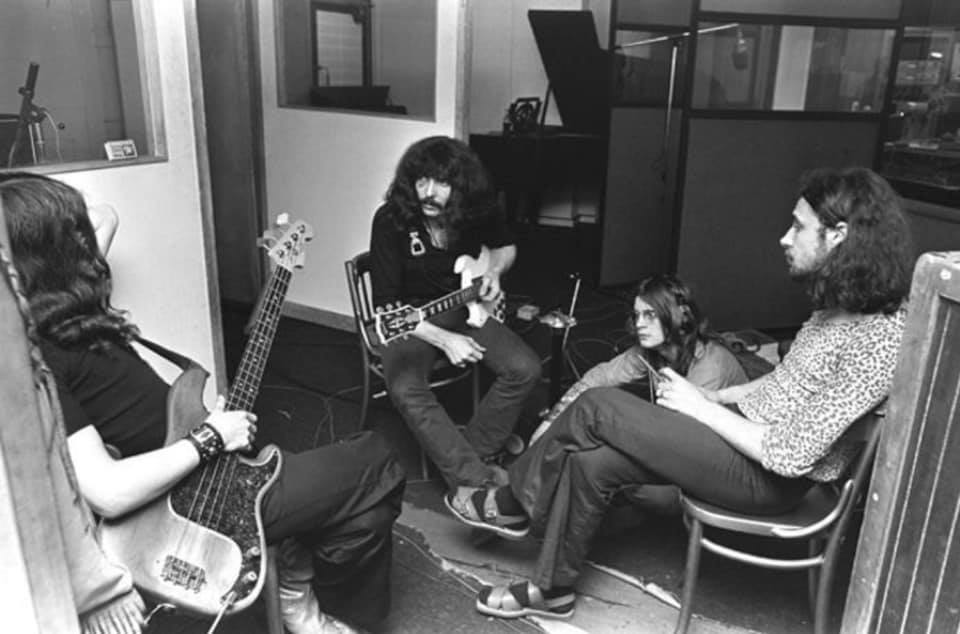
Released on Friday the 13th in February 1970, Black Sabbath’s self-titled debut was a dark, bruting offering unlike anything from their contemporaries. Many fans and critics consider the album’s title track, exemplified by Tony Iommi’s use of a tritone (augmented fourth/diminished fifth in music theory terms), otherwise known as “the devil’s interval,” the birth of heavy metal. The lyrics about a figure in black coming for one’s soul contrasted with the sunshine flower power that preceded years earlier. Sabbath leaned into the occult imagery in more tongue-in-cheek fashion on “N.I.B.,” a song about Lucifer falling in love and becoming a better person. Mythological themes run throughout tracks like “Behind The Wall of Sleep,” an obvious nod to H.P. Lovecraft, and “The Wizard” and its Tolkien-inspired lyrics inspired by the character of Gandalf; Ozzy’s bluesy harmonical stylings are exceptional! In place of their cover of Crow’s “Evil Woman” (found on UK pressings) is its b-side, “Wicked World,” which fits the group’s “doom and gloom” ethos more rightly. The album climaxes with a cover of The Aynsley Dunbar Retaliation’s “Warning,” which is transformed into a 10-minute Tony Iommi shredding masterclass.
After unanimous panning from contemporary critics upon its release, Black Sabbath’s debut has seen better stature in retrospect, often appearing on best albums lists. The album has been numerously reissued, albeit all-analog, colored vinyl, and 2LP deluxe editions. Not another reissue of this album was warranted until Warner Music selected this title as part of their premier audiophile series, Rhino High Fidelity.
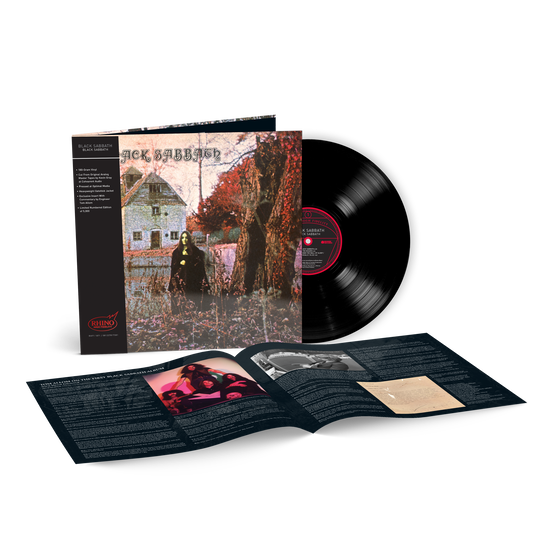
For the first time, the eerie cover of a cloaked woman in front of the Mapledurham Watermill adorns a deluxe, glossy Stoughton tip-on jacket with a sturdy OBI strip. Although not featured on original Warner Brothers pressings, the inverted cross gatefold from the original UK Vertigo pressing (much to the band’s disdain) is featured. Specially designed 4-panel insert featuring scans of the original Warner Brother master tape boxes and an interview with engineer Tom Allom. His recollections give plenty of insight behind the album’s making, down to the inventory of microphones used and Regent Sound’s primitive recording console. The olive-green Warner Brothers label of the early ‘70s is swapped for the specially designed custom label that adorns all Rhino High Fidelity titles. Limited and numbered to 5,000, it’s no surprise this title sold out in under a week!
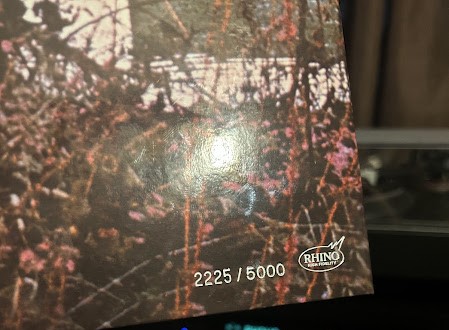
The introduction of the album’s title track is a classic example of creating an atmosphere with thunder, rain, and a distant tolling bell. Every time I hear it, whether on vinyl or digitally, there’s a certain creeping chill when that final thunderclap hits and the band kicks in. On this pressing, the impact frightened me just as much as the early spectators who ran for the doors when Black Sabbath played this song in clubs early during their career. The intricate guitar riff on the third verse tended to blend itself into the mix, never sounding so direct and singled out until now. While intended to come off as a heavy/in-your-face recording, this album offers plenty of air, whether it's the harmonica on “The Wizard” or the guitar solo on “Warning.” Bassist Geezer Butler takes center stage on “Behind The Wall of Sleep” with counterpointed bass lines juxtaposed by Iommi’s wall of crunching guitars. This pressing is heavy and in-your-face but doesn’t lend itself to excessive overdrive. It offers the best of both worlds: audiophiles can enjoy the nuances and the headbangers can let loose.
Speaking of the best of both worlds, the Rhino High Fidelity pressing of Black Sabbath’s debut packs in the advantages heard on previous reissues from the past 15 years. The 2010 Rhino analog cut by Ron McMaster emphasizes the higher frequencies, leaving plenty of sizzle on Bill Ward’s cymbals, but leaves the mids and bottom end to be average at best. The 2016 digitally sourced cut by Sean Magee is almost the opposite, offering plenty of bass but muffling the top. Kevin Gray’s all-analog cut balances the two with plenty of bass and crispness. For those lucky to secure a copy, enjoy what may be considered the best-sounding pressing of this album.
With Dylan's kind permission, Michael Johnson, owner of a U.K. Vertigo "Swirl" pressing adds his impressions of the Rhino reissue:
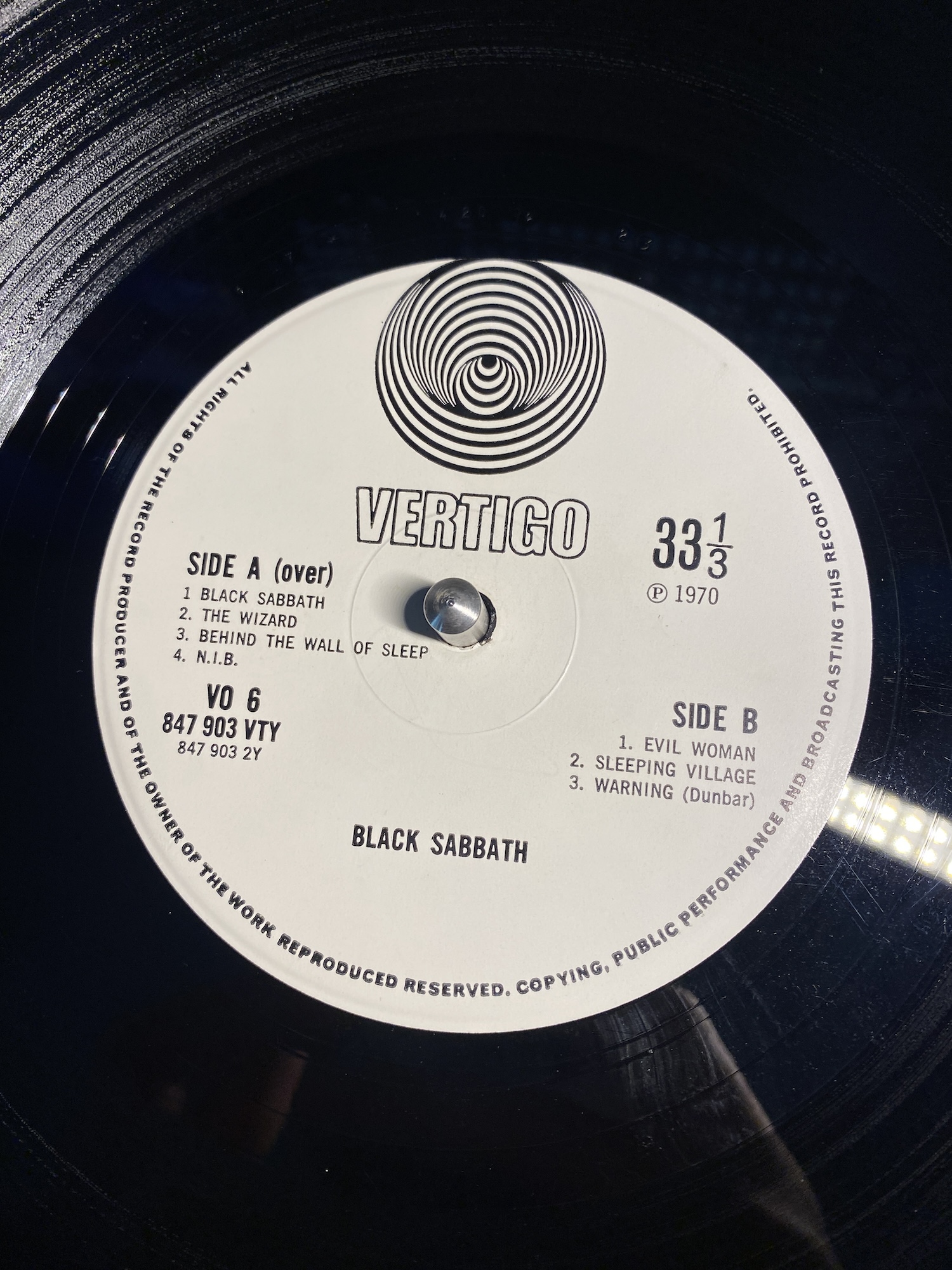
Michael offered me a little space to wax a bit about one of the big elephants in the room for any Black Sabbath vinyl fan: UK Vertigo Swirl pressings. I am very lucky to be the owner of a (admittedly somewhat VG/VG+) swirl of this heavy metal masterpiece. To be precise, it’s a 1971 3rd issue cut at Phonodisc, the final pressing to use the Swirl label. My particular runout stampers are A: V0 6 27 1 420 1223 and B: B V06 1Y 1 420 139. Now as Dylan pointed out, these are slightly different records with a different tracklisting, but still, I was very curious to compare a modern audiophile cutting of a US copy tape with a rare (semi) original UK press.
Kevin Gray’s new mastering does a lot to open up this recording, and there is an impressive amount of space around instruments on this new pressing. Also, Geezer Butler’s bass is really fleshed out and colorful on the Rhino, which is not something I was used to hearing. However there’s things that the Rhino just cannot compete with present on the Vertigo pressing, primarily: Tony Iommi’s guitar. The original presents the guitar sound in such a vivid and textured way, it is far more sharp, biting and “hot.” It sounds like an overdriven cab playing onstage in front of you, compared to a more “off the board” sound on the Rhino. This is most apparent on Warning, which sounds somewhat tame on the Rhino. On the Vertigo, it sounds maniacal and out of control.
Ozzy’s vocals similarly have a more pronounced and direct timbre on the UK copy that makes every word sound more menacing and meaningful, even if the studio effects on his voice are a little bit more noticeably wacky than on Kevin’s cut. There is a little bit of vocal sibilance on my copy, but some of that does sound like groove wear to me, still I prefer this presentation over the slightly more opaque presentation on the Rhino.
Kevin has thankfully added a little more low bass to this version, which helps the kick drum which is barely audible at times in the original. However, other parts of Bill Ward’s drum kit sound rather flat and one dimensional, and that’s not an EQ issue, but one I suspect that is present in the tape he had to work with. Some of the drum fills just sound small and tinny when compared with the UK, particularly in the cymbals which just completely dissipate once struck. My vertigo loves its cymbal sound, and the shimmer and decay is very long and rich. This is very obvious on tracks like N.I.B. where the hi-hat sounds small and toylike. The Vertigo presents it with much more presence and character.
Kevin Gray has done an excellent job remastering this new Rhino High Fidelity pressing, and as Dylan has pointed out, it does mark a significant step up over numerous copies that came before it, but as we’ve always known on this site, the tape matters. In this case the UK Vertigo benefits not only from being cut presumably from the first-generation master, but also from being made when the tape was fresh out of the studio. When it comes to the sharper transients, more colorful and rich highs, and overall, more intense presentation, these things are likely aided by a very fresh tape, and that’s why no matter how good the mastering engineer is, originals often have a certain magic about them.
What does this all mean? It means if you have a Vertigo Swirl and you’re wondering if this new Kevin Gray cut can beat it, the answer in my humble opinion is no. It also means that if you are a diehard audiophile Black Sabbath fan, one of these pressings is worth at least hearing if budget allows. It helps that on the UK cut, you get the excellent “Evil Woman” on side B that while maybe not as fitting in character as Wicked World, is one of the sonic highlights on my copy. But given that the albums are so different on the B side of the record, why not have both?
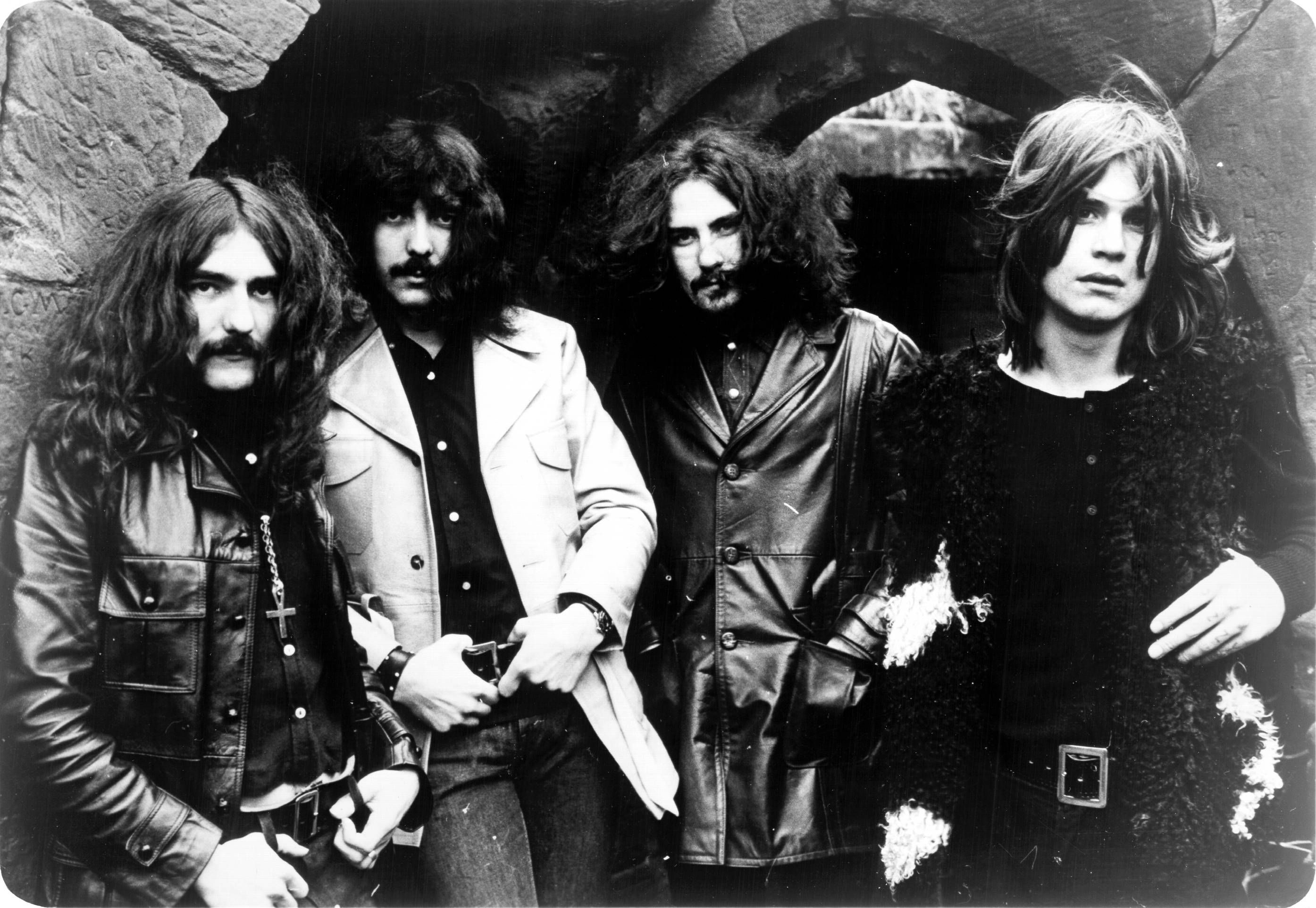



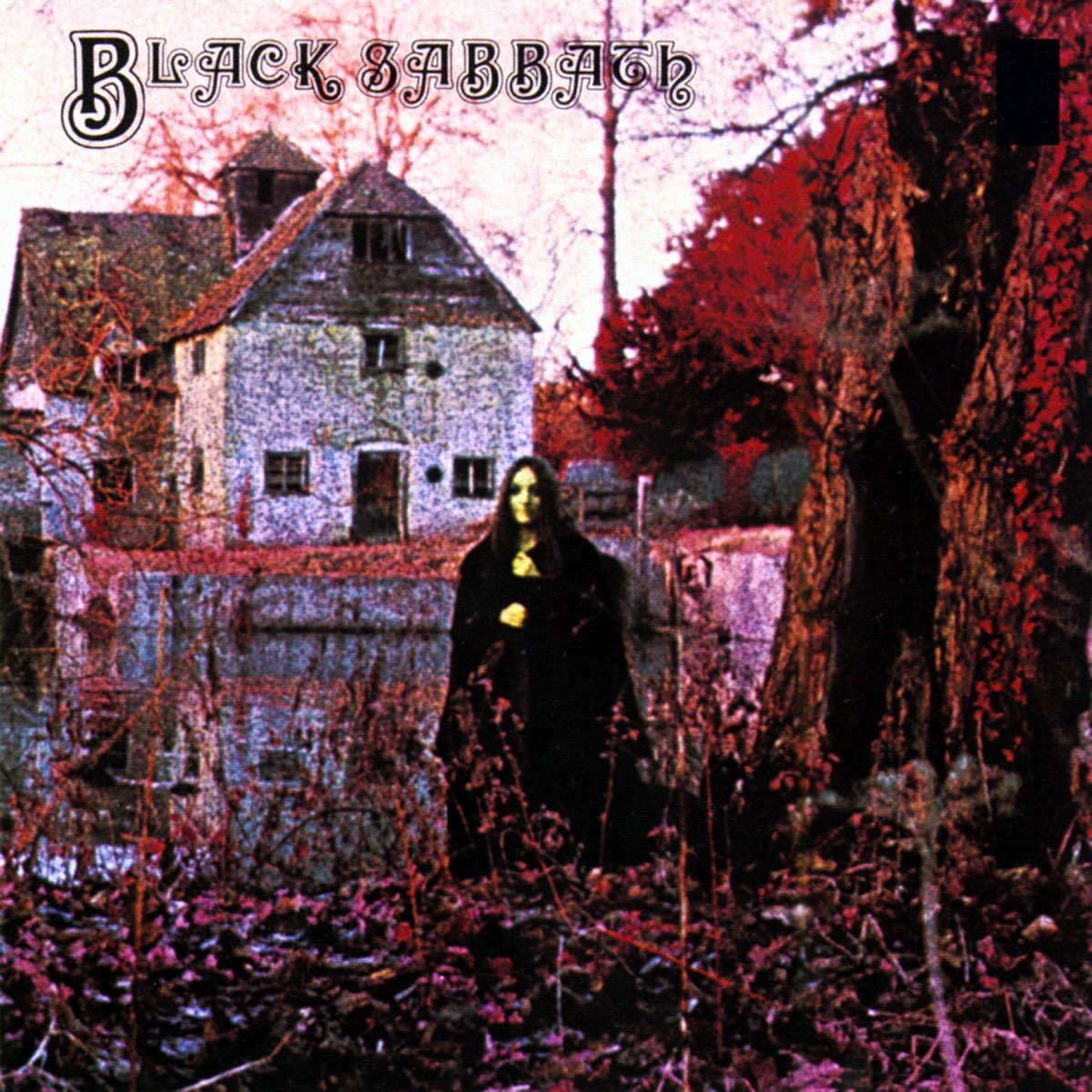






































.png)








